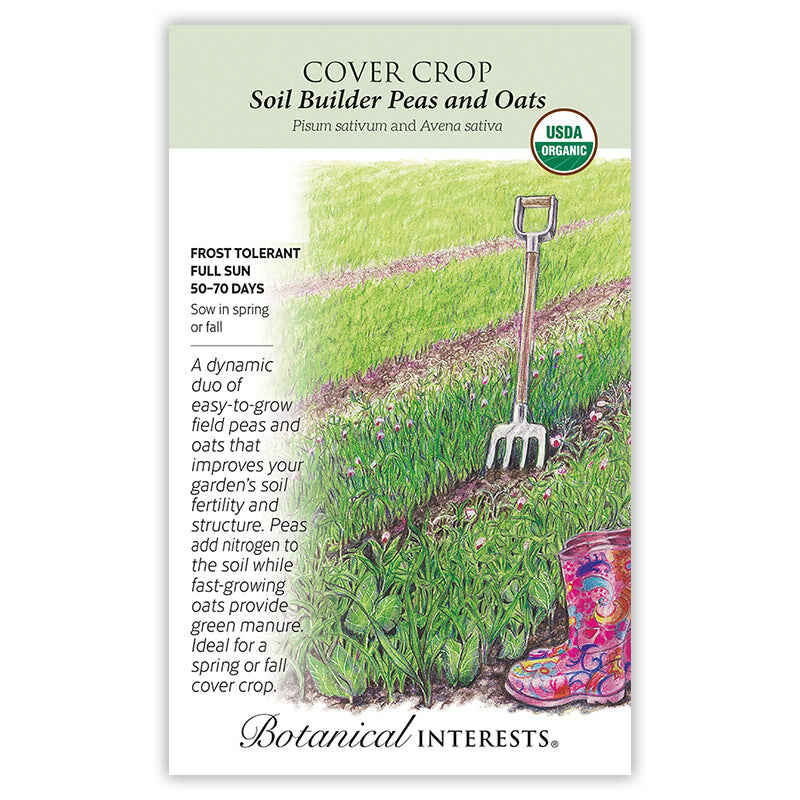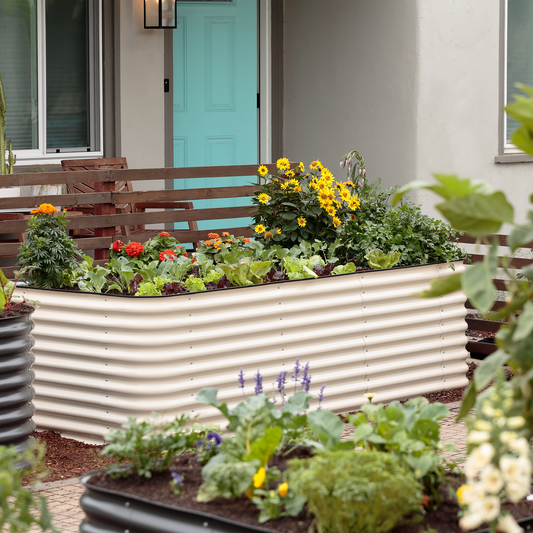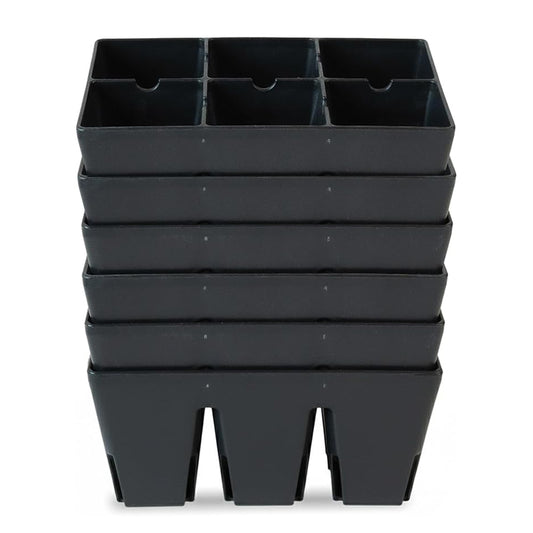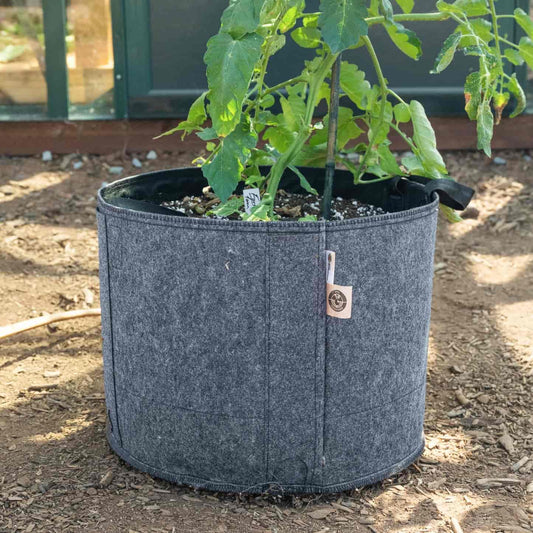



Your hardiness zone is
- Variety Info
- Sowing Info
- Growing Info
Variety Info
Days to Maturity: 50–70 days
Family: PEAS: Fabaceae; OATS: Poaceae
Native: PEAS: Africa, Asia, Europe. OATS: Unknown
Hardiness: Frost-tolerant annuals
Exposure: Full sun
Plant Dimensions: PEAS: 3'–5' vines OATS: 4' tall
Variety Info: Field peas are climbing vines. Oats produce tall grass-like plants. The peas and oats in this mix are best used as a cover crop and are not good as edible varieties.
Attributes: Frost Tolerant
Sowing Info
When to Sow Outside: Spring: As soon as soil can be worked, and soil temperature is at least 40°F. Fall: 6 to 8 weeks before first fall frost date, and when temperatures are below 80°F. Mild Climates: Sow in fall or winter for growth during the cool season.
When to Start Inside: Not applicable.
Days to Emerge: 7–14 days
Seed Depth: 1"
Seed Spacing: Scatter seeds about 3" apart
Thinning: Not required
Growing Info
Harvesting: To harvest pea shoots for eating, snip off the top growth including a set of leaves after plants reach 6"-8" tall. Plants will continue to grow and branch out. The thin, stringy tendrils can be harvested as desired.












